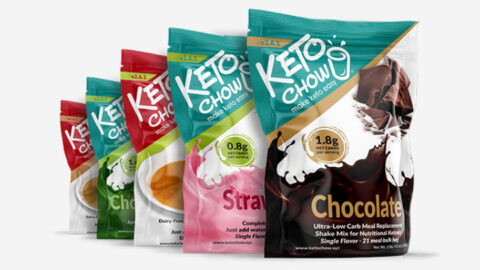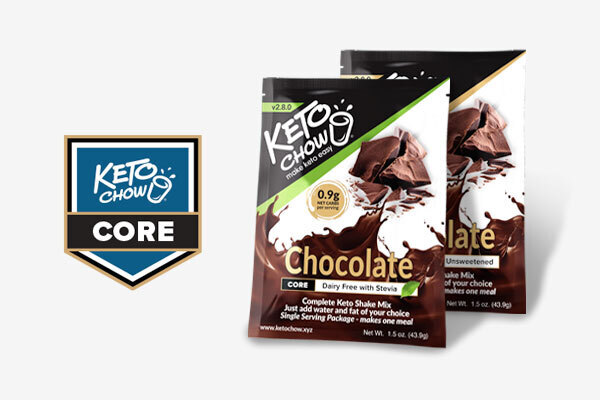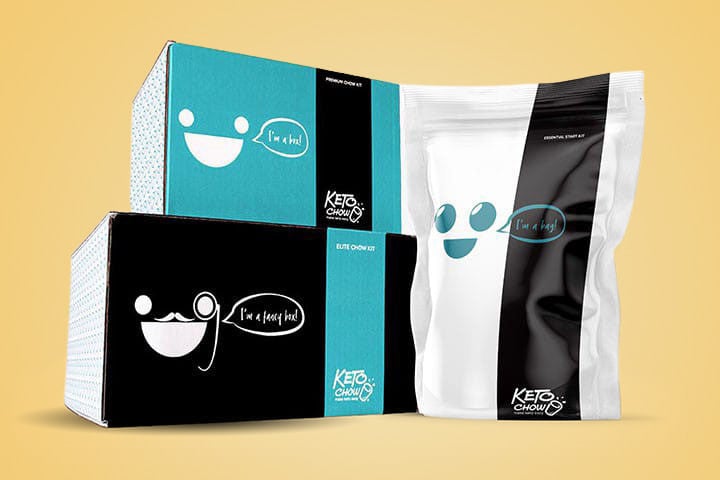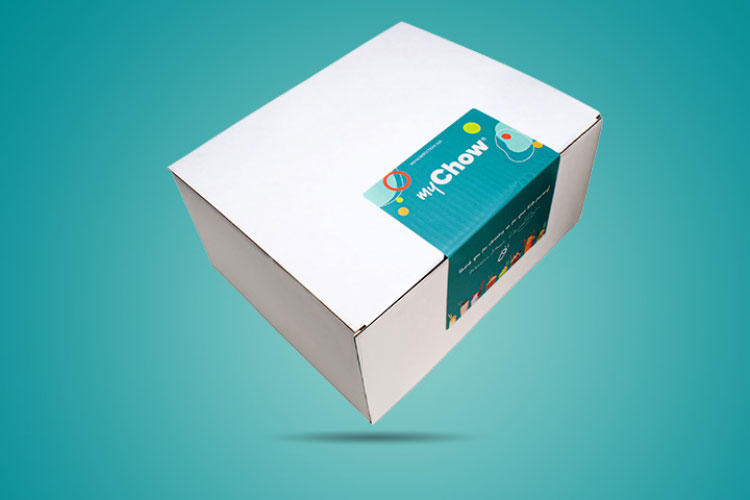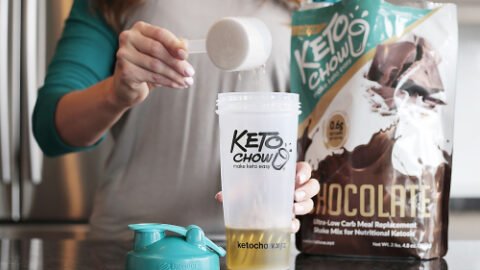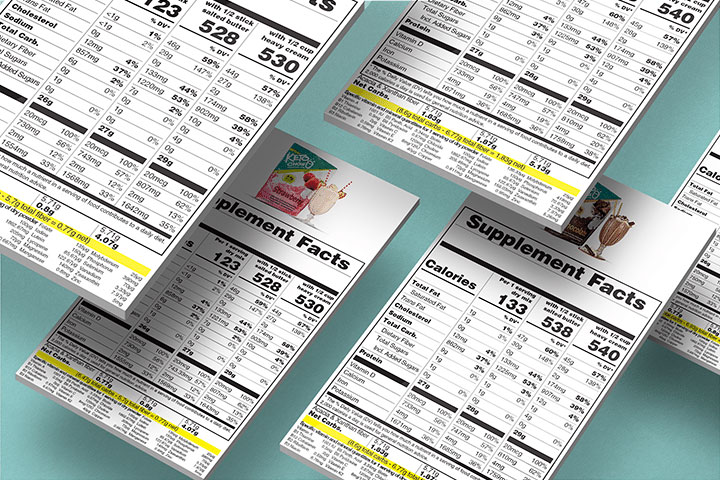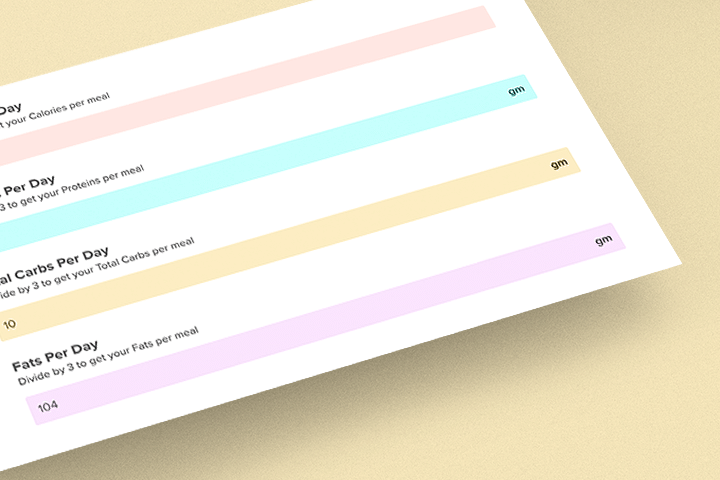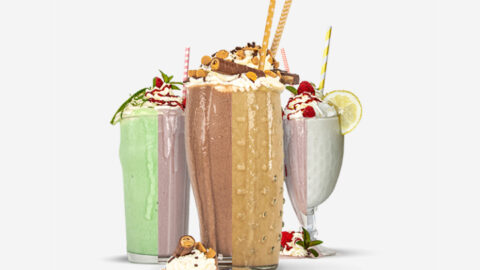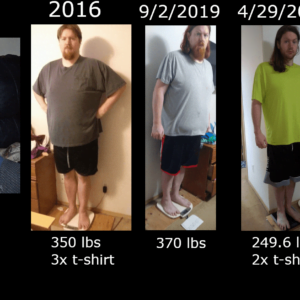Keto diets seem really complicated, right? People might tell you that you need to measure and track all your food, calculate macros, count calories, do a lot of fasting, and buy expensive gadgets to measure your blood sugar or ketone levels. But what if I told you that’s unnecessary and the basic rules of keto are actually really simple?
It’s true! Keto is much simpler and more straightforward than some influencers make it sound. Here are the basic rules.
One Basic Rule
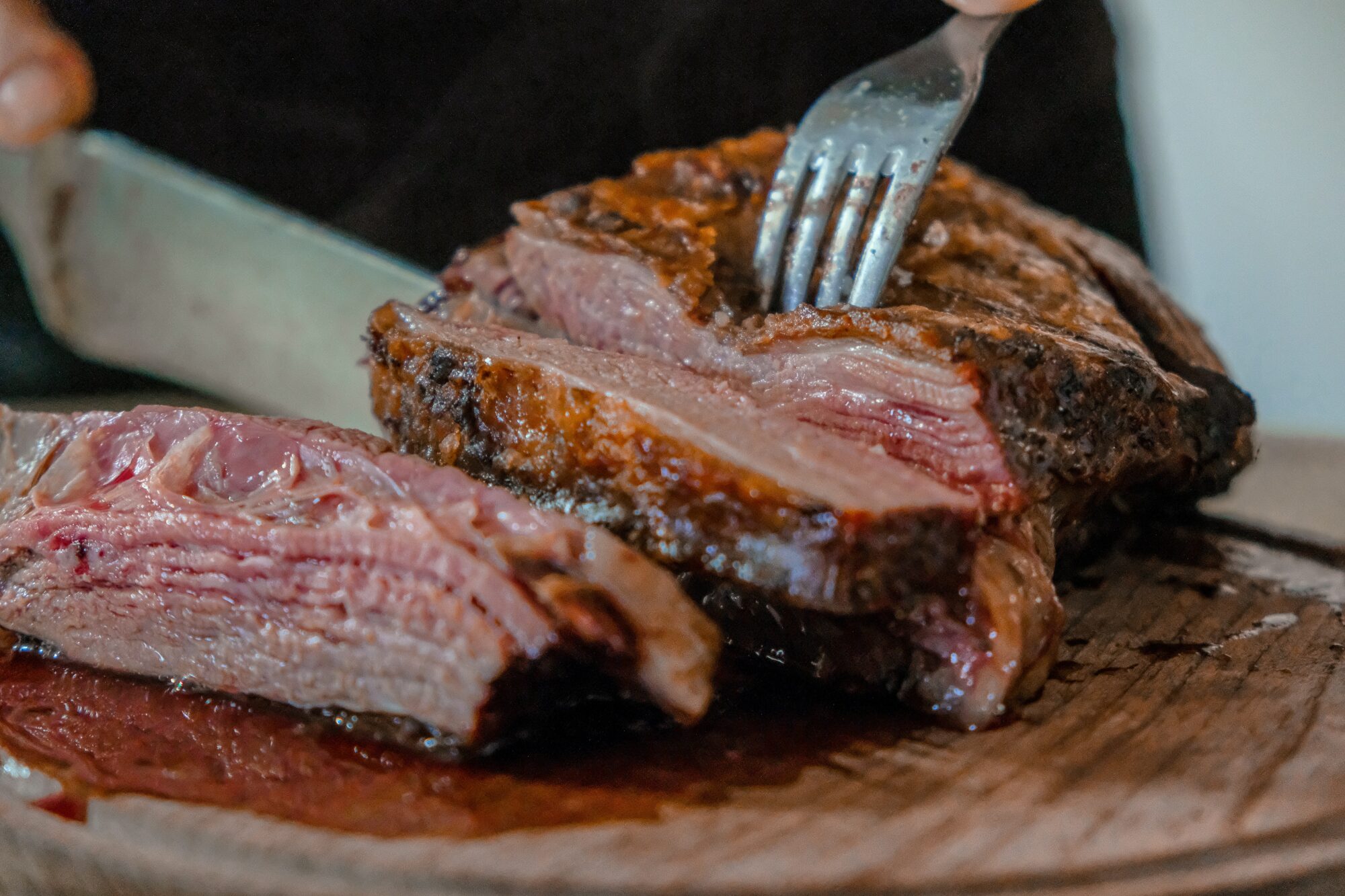
I said “rules,” but the truth is, there’s only one thing you need to do to follow a ketogenic diet: keep your carbohydrate intake really low. That’s it! (Typically, you’ll want to keep your carbs under 20 g. a day.)
What makes a diet ketogenic (meaning, it helps your body generate ketones) is a very low amount of carbohydrate. You don’t need to follow specific macros (percentages of your calories from protein, fat, and carbs) or add lots of extra fat to your food or beverages to make them “more keto.”
Keeping the carbs ultra-low is what helps your body switch from using carbs (glucose) as its primary fuel to using fats and ketones. If loading up your plate with butter, coconut oil, avocado, and macadamia nuts was the secret to a keto diet, then you could eat as much pasta, bread, and rice as you like, and as long as you slathered them with enough fat, you’d be on keto!
But that’s not how it works. In fact, overdoing fat on keto is a common reason for slow or stalled weight loss.
How Low Carb Do You Need to Be?

Okay, so you have to keep your carb intake low, but what does that mean?
For a keto diet, you need to keep the total amount of carbohydrate you eat to a minimum. For most people, this means avoiding not only the most obvious sources of sugar and starch—like candy and sweets, cookies, bread, pasta, and potatoes—but also steering clear of things you probably consider “healthy,” like fruit, beans, oatmeal, whole grains, and high-fiber cereals.
For the sake of a keto diet, brown rice isn’t any better than white, and whole wheat pasta isn’t better than pasta made with white flour.
These foods aren’t “bad” for you; they’re just too high in carbs for most people to include them and get the results they want from keto.
So, how much carbohydrate can you eat and still be successful?

I wish I had that kind of crystal ball! If I could tell you the exact amount of carbohydrate you could eat and still lose weight, lower your blood sugar, or get some other result you’re going for, I’d be a kazillionaire. Everyone has a different “carb threshold”—the amount they can eat and maintain blood sugar and insulin within a range that facilitates the great things keto does.
A good place to start is 50 total grams of carbohydrate per day. Most people will do well in this ballpark but if the improvements you’re hoping for aren’t coming, or they’re coming more slowly than you wish they would, cut down to 20 total grams. This is where keto authority Dr. Eric Westman starts all his patients, precisely because it’s so effective for just about everyone.
You can start a bit higher and go lower over time if you need to, or vice-versa: start ultra-low and increase your carbs sometime in the future to see if you can have a little more and still be happy with how things are going. (The late, great Dr. Robert Atkins called this climbing the “carb ladder.”)
What Do You Eat on Keto?
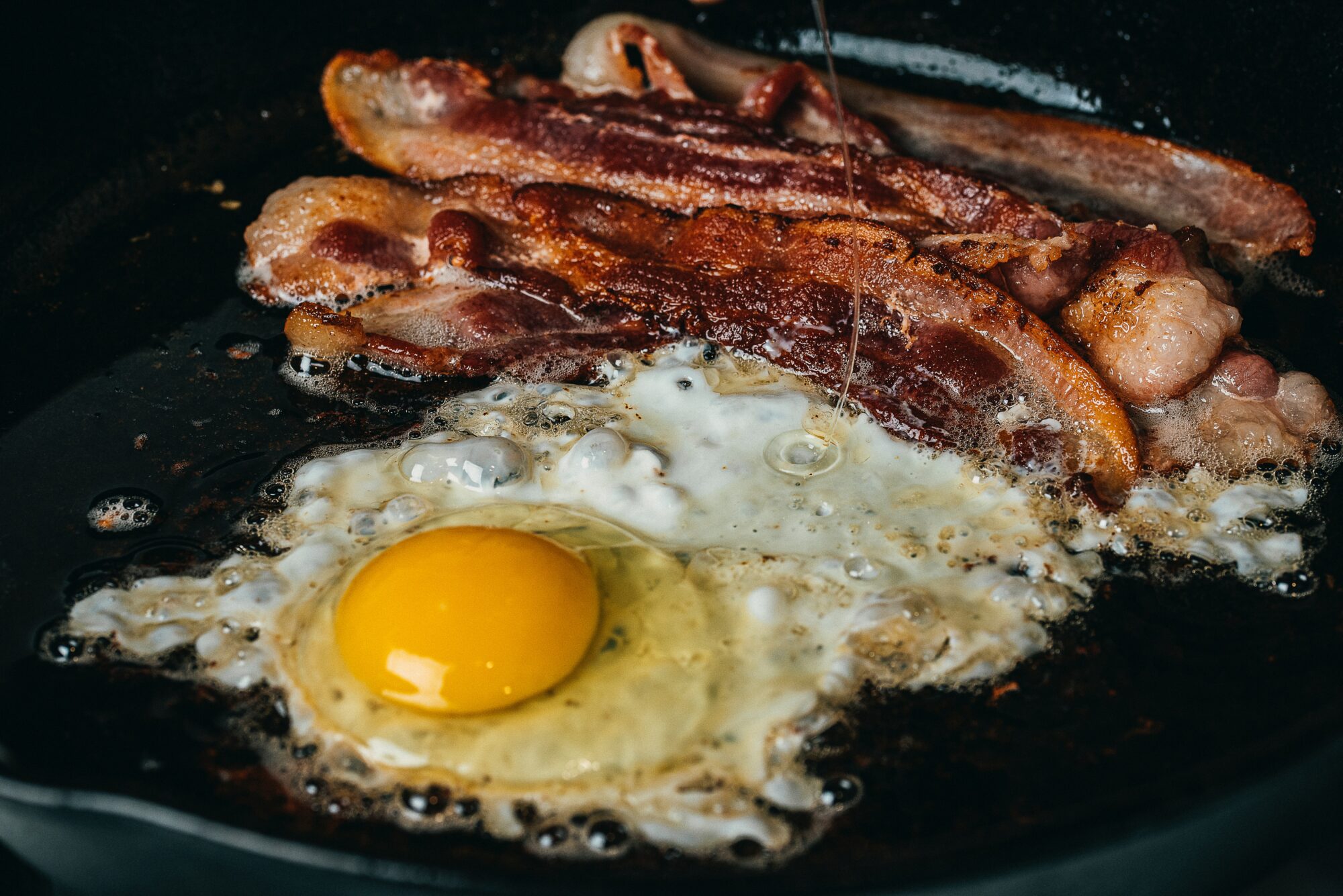
If you follow keto influencers on social media, you might think that doing keto requires you to eat lots of red meat, bacon, and cheese. False! You can do a keto diet without dairy, and if you avoid pork or red meat because of religious or cultural reasons—or just your taste preferences—it’s totally okay to get your protein from other foods, like poultry, eggs, or seafood.
When it comes to making your keto diet, the only rule is to keep the carbs low. The limited amounts of carbs you do include should come from non-starchy vegetables, nuts and seeds, dairy products, and occasional keto-friendly treats.
There’s no specific kind of fat you need to include. Butter from grass-fed cows isn’t required, nor are coconut or MCT oils. These particular fats and oils are fine to use, but you can also use olive oil, avocado oil, lard, tallow, or any other fat you like.
Prepare for Keto Flu

Being prepared for keto flu isn’t a rule, but it’s something you’ll want to do if you’re new to eating this way.
Keto flu is the temporary transition your body goes through as it gets used to functioning without the constant influx of carbs you’ve been accustomed to all your life. It’s only natural there might be some issues when there’s no more cereal and toast for breakfast, no sandwich and chips for lunch, and you’ve said goodbye to pasta and potatoes with your dinner.
Most people adjust to keto quickly and with few-to-no unpleasant symptoms. If you’re not as lucky, you might experience headaches, fatigue, light-headedness, or muscle cramps. The remedy for keto flu is simple: more salt. For most people, increasing salt intake is all it takes to make these problems disappear. (See here for more on keto flu and what to do about it.)
Be Careful with Medication

Preparing for keto flu is more of a caution than a rule. If there’s another actual rule when you do keto, it’s minding your meds. When you start a keto diet you need to be careful if you take certain medications – especially for high blood pressure or diabetes (type 1 or type 2).
Remember though: don’t adjust medication on your own. Work with a medical professional who’s well-versed in keto diets and can help you change things safely. (Check out the Society of Metabolic Health Practitioners or Diet Doctor’s listings for keto-friendly doctors and other medical professionals.)
Customize & Personalize

Most of the health improvements people get from keto come from two main things: lower blood sugar and lower insulin. And what keeps blood sugar and insulin within a healthy, lower range is a low carbohydrate intake.
But if you’re using keto to prevent migraines or seizures (keto was originally developed as a diet for epilepsy), as an adjunct to cancer treatment, or to improve a psychiatric condition, you might need a few tweaks beyond just keeping your carbs low.
For example, your ketone level might have greater importance in some of these applications compared to using keto for weight loss or type 2 diabetes. For migraines, electrolytes may need to be more closely managed (typically calling for significantly more sodium and magnesium).
If you have a specific condition for which you’re using keto, work with a professional who can help you customize your approach to get you the optimal results.
Summing Up

The basic rule of keto is simple: eat very little carbohydrate! Beyond that, a doctor or nutritionist can help you fine-tune things for targeted therapeutic applications.
But remember: people have been losing weight and radically improving their health with keto for hundreds of years—long before ketone meters, MCT oil, and fasting apps even existed. So you can use these special bells and whistles if you like, but they aren’t required for keto success.
Looking for an easy keto meal?
Then check out Keto Chow! Keto Chow is a low-carb meal shake with 1/3 of your daily recommended nutrients. It can be made in seconds, and it comes in over 30 delicious flavors.
